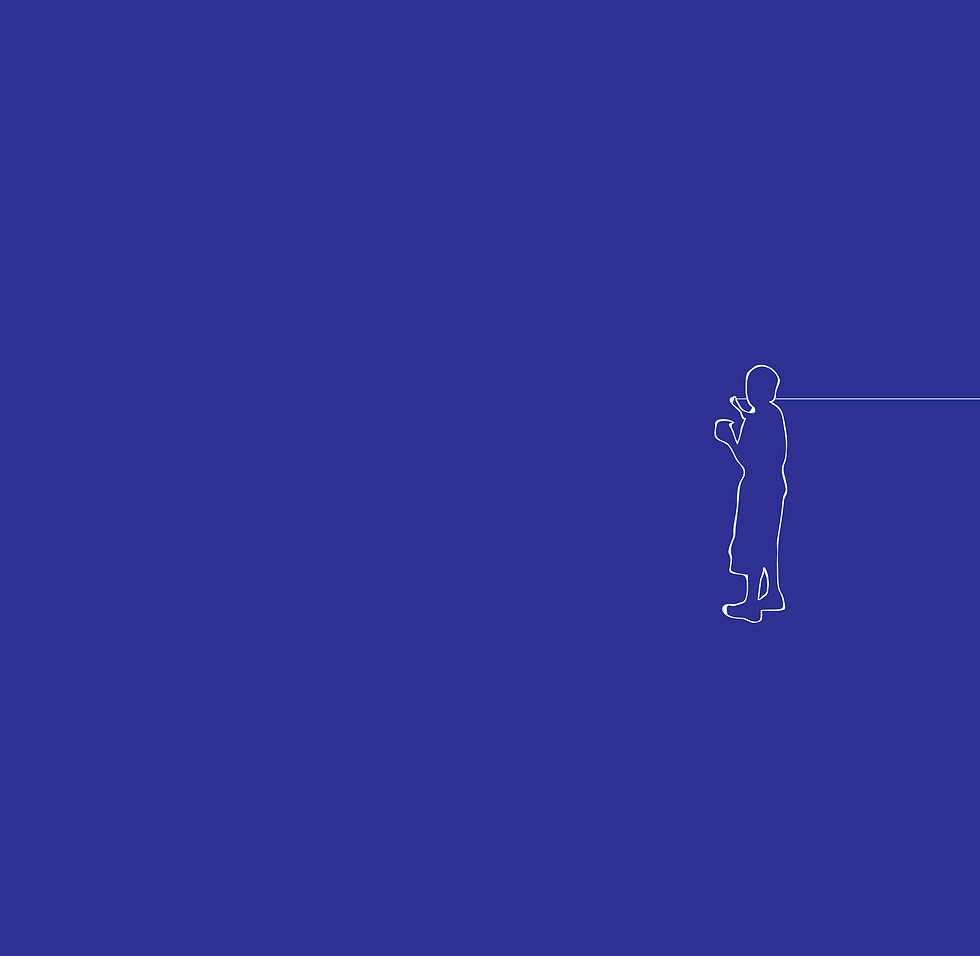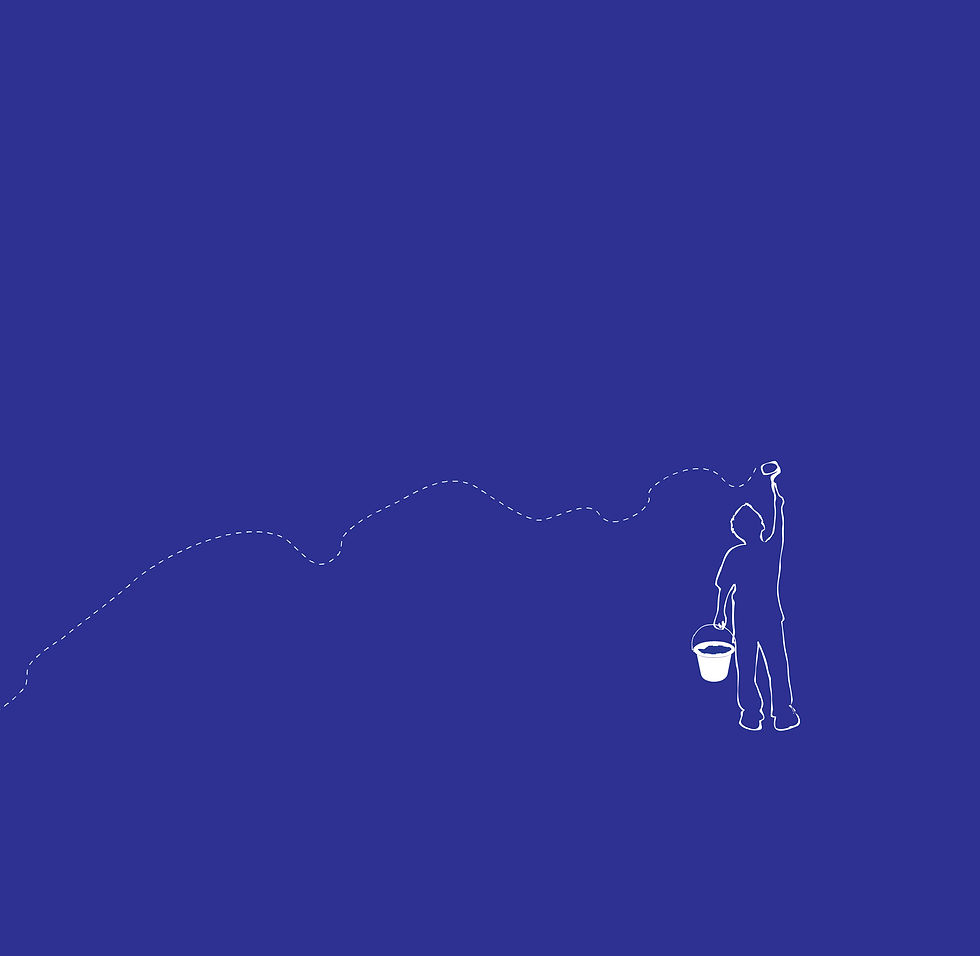MAN-MADE LINES, a spatial investigation on the European Refugee Crisis.
2017
The project is an investigation on the so-called refugee crisis from a spatial and legislative point of view: my final aim is NOT to provide a solution but to create awareness on aspects not always taken in consideration but at the core of the “European migration crisis”, the MAN-MADE LINES.
Through these two words I want to identify the abstract lines drawn by men that have real consequences on our lives.
The research will define and explain the terms borders, humanitarian aid, legal status and opposite migration; moreover, a focus on two specific processes - in Italy and in the Netherlands, respectively the border and the heart of Schengen - will unfold the intricate lines and spaces that migrants have to pass to obtain the piece of paper that will give them a legal status, the Refugee Residence Permit.
The final design will be a spin-off of the research, to be more specific it will represent one of the “space for refugees” in line with the Dutch COA (Central Agency for the Reception of Asylum Seekers) guidelines; the public will have to follow a process to access the space.
The aim is to bring to light the spatial discrimination to which migrants are subjected and foster awareness on the topic. As aforementioned this research is not looking for solutions and it will not finish with the academic year. On one hand, my final purpose is to share information about the European reception and integration processes and on the other hand to be part of the international ongoing discussion on the “migrant crisis”.


The research is available on ISSUU and ACADEMIA.edu
Below a gallery with photos from Italian and Dutch migrant centers.
The series of photos are depicted as "part of a journey": a polaroid format
for the Italian case study and a postcard one for the Dutch centers.
Photos from Dutch Centers by Lou Muuse.

ITA

ITA


ITA
They brought to light a stunning aspect during our conversations, the “opposite migration”. p. 44.
During my research I had also the chance to meet Zaher and Mahmoud, two migrants from Syria that went through the Dutch integration process. Now they have a refugee residence permit and they are learning dutch to find a job. They can't leave Schengen because they don't have a passport.
Since in the Netherlands is difficult for a refugee to ask for a family permit, some of them decide to leave and go back to live with their families, in a war zone/destabilized area. To do so, they have to cross Schengen borders and here comes the problem: they have to risk their life again, through the same paths that led them to Europe.
"The tendency to think about refugees as possible clients automatically creates a system of needs and the impulse to assign them life qualities that they don’t own - for example why we design temporary dwellings if they are looking for better stable living conditions?”. p. 48
“…It is also absurd to suggest that design can come up with solutions for a crisis that is political and socio-economic at heart.” R. Pater
Design here is mainly a political tool, on one hand shelters and temporariness are “exactly how neoliberals hope to discourage refugees from coming to Europe” and on the other hand design contests push on the students that mainly desire to win the contest prize. p. 49
In the gallery below (click on the image to read more about them) there are some examples of a design approach that in my opinion is not considering the term migrant in all its definitions. Migrants decided, voluntarily or forcibly, to leave their home (sometimes also their own families) to find better living conditions and eventually settle in the new location.
The term "to settle" has its origins in the Anglo-Saxon and Middle-English languages and it meant also to reconcile. They are not just looking for housing and jobs, migrants are escaping from destabilized areas to find another home, another opportunity to live a life away from wars, famines and dangers.

The Refugee Challenge

The Refugee Challenge - "Here's your chance to make a difference". HOW?

Rely is a 2012 red dot award: design concept winner. Designer: Chen Yu Jung

The Refugee Challenge
For my design project the aim is to give a physical aspect to some of these lines to open a discussion and foster awareness. “To help” means for me to bring to light the spatial discrimination to which refugees are subjected. In line with the Dutch COA guidelines, my act of recreating a “space for refugee” becomes a way to denounce a fragile system exploited by all parties. p. 52








Below a list of links where you will be able to find rules, policies, descriptions and more info about the "refugee crisis".
Convention and Protocol relating to the Status of Refugee, UN, UNHCR
from: http://www.unhcr.org/protect/PROTECTION/3b66c2aa10.pdf
The Right to Adequate Housing, UN, UNHCR
from:http://www.ohchr.org/Documents/Publications/FS21_rev_1_Housing_en.pdf
OCHA, United Nations Office for the Coordination of Humanitarian Affairs
Dutch Reception Process, Retour Afzender project
Difference of Refugee Laws and Policies in Selected Countries, The Law Library of Congress
"Helping Refugee isn't just about designing better shelters", WIRED
"Treating the refugee crisis as a design problem is problematic", Dezeen
"Camps like the Jungle are "an important resource for all urban professionals to
study" Dezeen
"UNHCR teams up with MIT's D-Lab to overhaul "very top-down" refugee design
strategy" Dezeen
"Refugee tents are a waste of money, says Alejandro Aravena" Dezeen
Camps like the Jungle are "an important resource for all urban professionals to study"
Dezeen
"UK researchers lead effort to design climate-proof refugee housing" Guardian
"As a doctor in Sudan, let me tell you: foreign aid saves lives" Guardian
{Talking about tv news and world's crises, somebody told me: "
Sometimes it's better not to know everything".
When I watch the news I am used to cry and I have a stomach knot that inevitably prevents me from eating, but I still disagree. We should remember we are lucky. Yes, "there will always be someone in worse conditions than you" but we can't pretend to ignore this kind of shit (article below). Silence would legitimize this kind of actions and we would just be inhuman, as the people committing those crimes.}
"Abandoned and abused: the forgotten Syrian refugee children on a Greek detention island" Guardian
